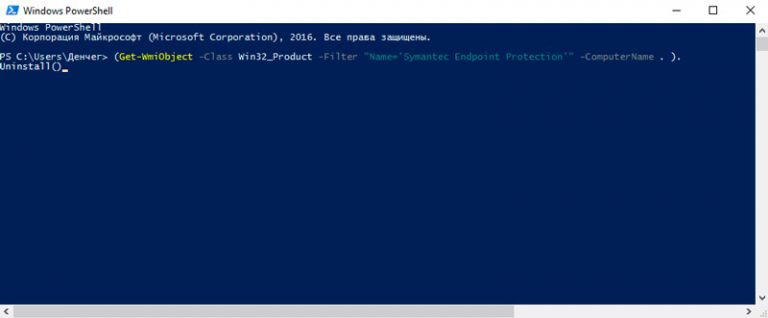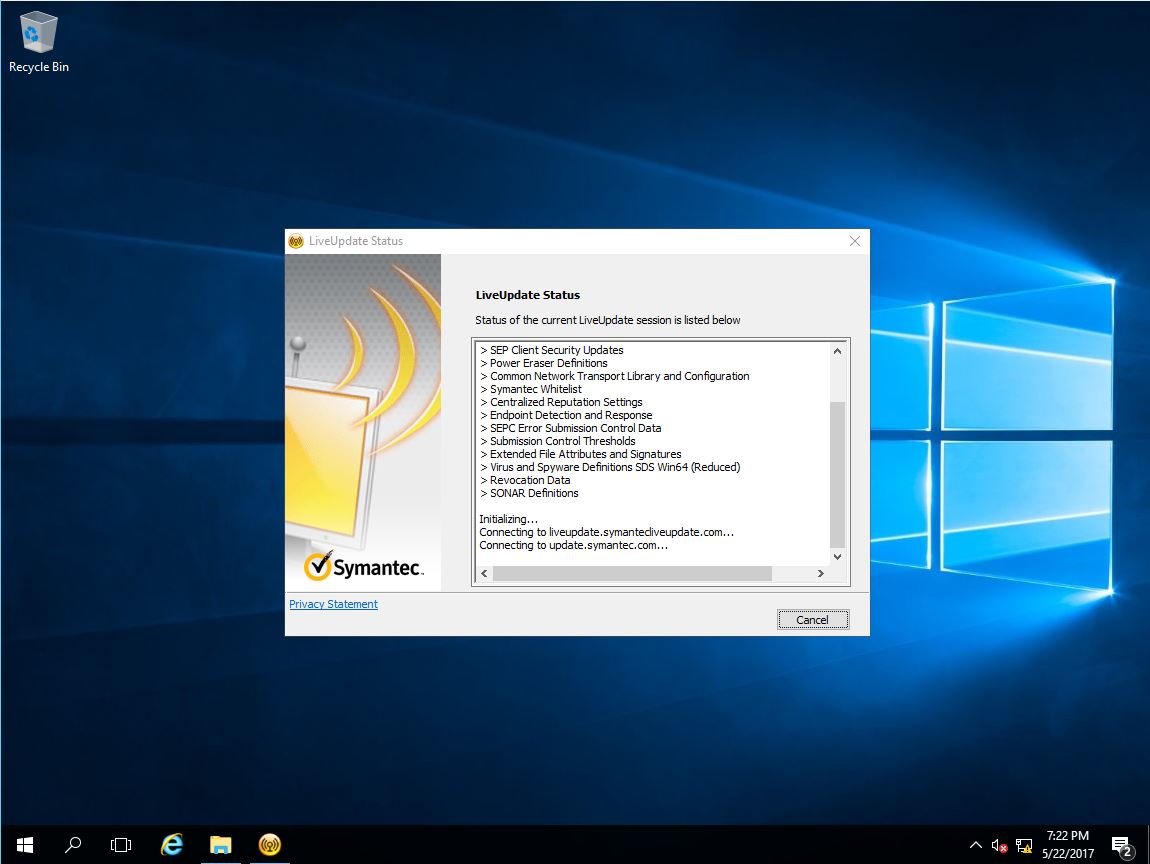

Hi All,I'm after some adviceWe have a client who wants auto-replies set up,They used to use "out of office" which doesn't really work for them.I have had a look at the rules on the exchange server, but it seems to be hit-and-miss,What software do you guy.

SpiceRex Vs Canine photos and stories, and for lighting the fire for this new Uninstall the SEPM completely, and reinstall with a blank database. Standard Uninstall Open the list of installed programs Select Symantec Endpoint Protection Click Delete Accept the deletion Follow the instructions. Use the Windows key or icon to open the Start Menu. Thanks to Mike and Robert for sharing their I have short powershell script that checks Symantec Endpoint Protection Antivirus. To uninstall the Symantec Endpoint Protection client for Windows.
 Spark! Pro Series - October 28th 2022 Spiceworks Originals. When the uninstall process is complete, Close the Control Panel and reboot your computer. Follow the prompts to uninstall Symantec.
Spark! Pro Series - October 28th 2022 Spiceworks Originals. When the uninstall process is complete, Close the Control Panel and reboot your computer. Follow the prompts to uninstall Symantec. 
Click on the Uninstall button on the left side of the window.
Snap! - Security Concerns, Sun Smile, Transparent Solar, LEGO, Ice on Mars Spiceworks Originalsįlashback: Back on Octothe controversial Digital Millennium Copyright Act (DMCA) was signed into law. To uninstall Symantec, please follow these steps: Open the Symantec Control Panel. But I need to uninstall from 500 computers. The script works when I manually place the name. Uninstall () I need to find a way to inject the name of the computer in place of XXXX. How do I go about removing the child domain so that I can re-create the. Symantec provides the following Powershell script to uninstall: (Get-WmiObject -Class Win32Product -Filter 'NameSymantec Endpoint Protection' -ComputerName XXXX. I cannot add a new DC to the domain because it has no active servers to verify with. I have several computers I need to uninstall this software want and want to script it out into a GPO if possible.I have a child domain that has no active DCs, the servers that the DCs were on have been deleted. Anyone have any ideas? I believe the agent can be removed from the SEP managed website however it involves going to each computer and installing it. Return value should be 0 when it is cleanly uninstalled. When I run this command, it does not uninstall the Symantec Cloud agent and get the following: (Get-WmiObject -Class Win32_Product -Filter “Name=’Symantec.cloud – Cloud Agent'” -ComputerName. I am trying to remove the leftover cloud agent using the following Powershell command: (Get-WmiObject -Class Win32_Product -Filter “Name=’Symantec.cloud – Endpoint Protection'” -ComputerName. I am able to remove the main program using this Powershell command: We currently use SEP Small Business edition and we are having issues uninstalling the Symantec Cloud agent that is listed in the control panel.








 0 kommentar(er)
0 kommentar(er)
